Chinese Silk
Description
the Three Famous Brooches
Shu Brocade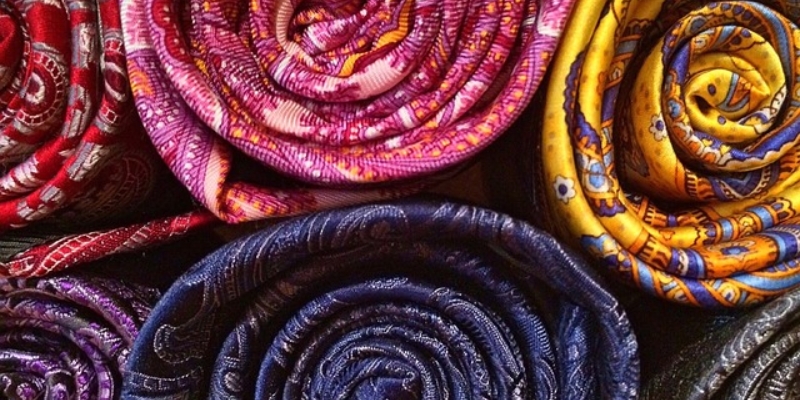
Shu brocade, ranked first among the three famous brocades in China, is known for its excellent weaving techniques and extraordinary artistic charm. Originating from Chengdu, Sichuan Province, it has a long history of colorful and complicated patterns, often painted with flowers, birds, fishes and insects, landscapes and figures, each of which is like an exquisite scroll, showing the profoundness of Chinese culture. Shu brocade has a delicate texture, warm luster and smooth touch, which is not only of high practical value, but also a perfect combination of art and culture, and is loved and respected by the world.
Yun Brocade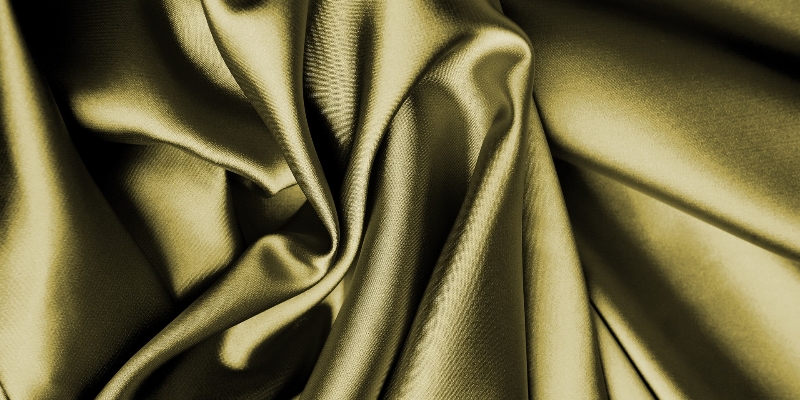
Yunjin, as a treasure of traditional Chinese silk weaving, is known as the "crown of brocade". Its history can be traced back to the Eastern Jin Dynasty, and has been around for more than 1,600 years. Cloud brocade is known for its exquisite selection of materials, fine weaving, exquisite patterns, the use of a large number of gold thread, silver thread and precious birds and beasts feather weaving, colorful as clouds, showing the royal style. As a tribute to the ancient royal family, Yunjin not only represents the highest achievement of Chinese silk weaving craftsmanship, but is also a precious historical and cultural heritage of the Chinese nation and the world. Its unique jacquard wooden loom weaving technique, which still cannot be completely replaced by modern machines, highlights the charm and heritage of traditional Chinese handicrafts.
Song Brocade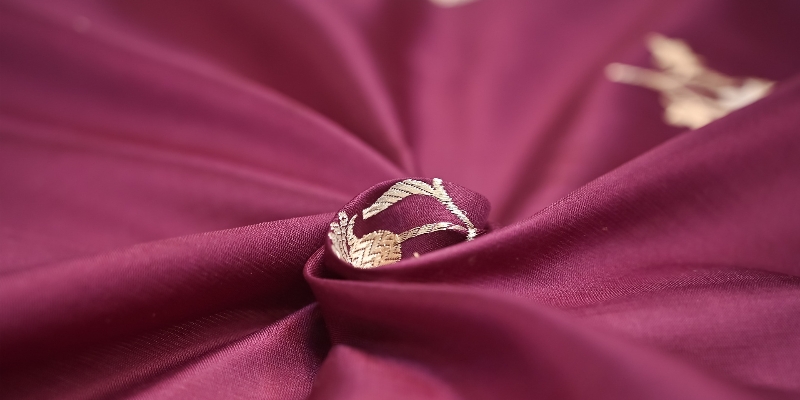
Song brocade, a traditional Chinese silk craft, is famous for its soft texture, bright color and elegant pattern, and is known as the "crown of brocade". It originated in the Song Dynasty, and its main production area is Suzhou, so it is also called "Suzhou Song Brocade". Song brocade has exquisite weaving techniques, complex and varied patterns, often using three twill organizations, simple and elegant colors, and delicate and light texture. As a national intangible cultural heritage, Song brocade not only has high artistic value, but is also widely used in clothing, painting and calligraphy framing and other fields, reflecting the deep cultural heritage of the Chinese nation and the unique aesthetic pursuit.
the Four Greatest Embroideries
Shu Embroidery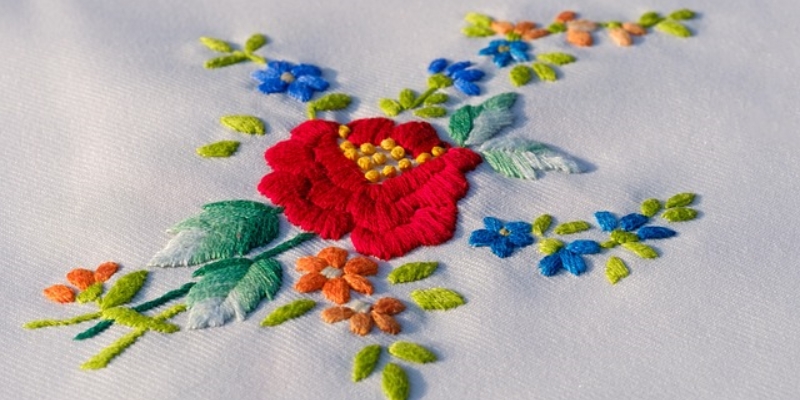 Shu embroidery, one of the four famous embroideries in China, originated from the Ba Shu region and is famous for its bright and clear colors and exquisite and delicate stitches. Shu embroidery uses soft satin and colored silk as the main raw materials, with more than 130 kinds of stitches in 12 categories, rich in variations, vivid images and three-dimensional sense. It has a long history, dating back to the Sanxingdui civilization, and is known as the "Treasure of Shu" together with Shu brocade. Shu embroidery works on a wide range of subjects, including birds, flowers, landscapes, figures, etc., with high skill and exquisite embroidery.
Shu embroidery, one of the four famous embroideries in China, originated from the Ba Shu region and is famous for its bright and clear colors and exquisite and delicate stitches. Shu embroidery uses soft satin and colored silk as the main raw materials, with more than 130 kinds of stitches in 12 categories, rich in variations, vivid images and three-dimensional sense. It has a long history, dating back to the Sanxingdui civilization, and is known as the "Treasure of Shu" together with Shu brocade. Shu embroidery works on a wide range of subjects, including birds, flowers, landscapes, figures, etc., with high skill and exquisite embroidery.
Suzhou Embroidery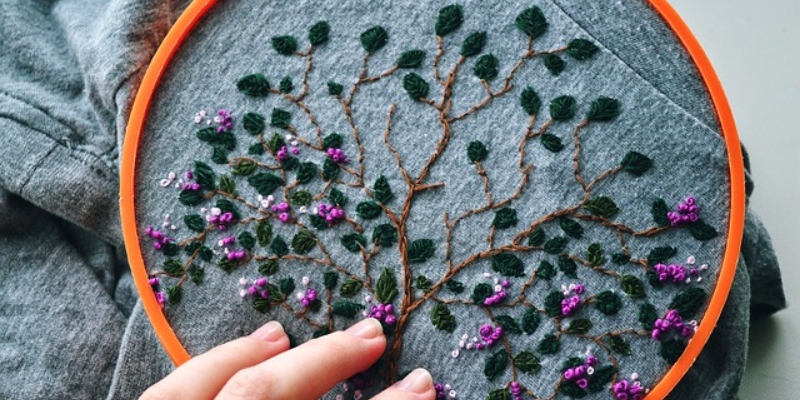
Suzhou embroidery, one of the four famous embroideries in China, originated from Wu County, Suzhou, and is famous for its beautiful patterns, fine embroidery, and elegant colors. Suzhou embroidery has a long history, dating back to the Three Kingdoms period, and reached its heyday in the Qing Dynasty, forming a unique style of "fine and elegant". Its stitches are lively and varied, the lines are fine and even, and the works have a wide range of subjects, including landscapes, birds and flowers, and people, etc., which are both decorative and practical. Suzhou embroidery is not only a treasure of Chinese traditional arts and crafts, but also a national intangible cultural heritage.
Hunan Embroidery

Hunan embroidery, one of the four famous embroideries in China, originated from Changsha, Hunan Province, and is famous for its exquisite skills and unique artistic style. Xiang embroidery has a long history, dating back to the Spring and Autumn and Warring States Periods, and after a long period of development, it has formed the characteristics of vivid images, rich colors, and varied stitches. Its embroideries are strict in composition, strong in texture, and have both form and spirit, and are known as "embroidering flowers to give birth to fragrance, embroidering birds to listen to sound, embroidering tigers to run, and embroiderers to convey the spirit".
Cantonese Embroidery
Cantonese embroidery, one of the four famous embroideries in China, represented by Guangzhou embroidery (Canton embroidery) and Chaozhou embroidery (Chaozhou embroidery), has a long history, originating in the Tang Dynasty, and has been practiced for more than a thousand years. Cantonese embroidery is famous for its full composition, brilliant gold and blue, bright colors and strong contrasts, and most of the embroiderers are men with exquisite skills. Its needlework is versatile, and gold thread is often used as the outline line of the embroidery pattern, which makes the decorative pattern full-bodied, lively and joyful. With a wide range of themes, including dragons and phoenixes, flowers, birds and animals, etc., Cantonese embroidery is widely used in clothing, home decoration and artwork, showing the unique charm of Lingnan culture.
History of Chinese Silk
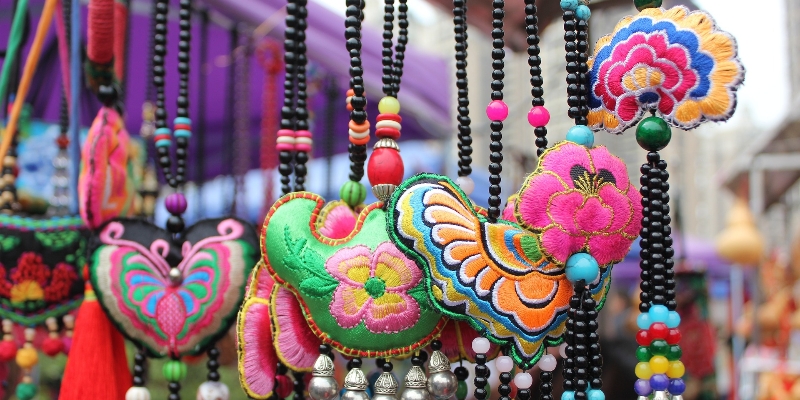
The origin of silk, a textile with a long history, can be traced back to the Neolithic Age, more than 5,000 years ago in China. Since then, the Chinese people have mastered the skills of mulberry cultivation and silk reeling and weaving, opening a glorious chapter of silk. Silk was not only an important export commodity of ancient China, but also an important medium of economic and cultural exchanges between the East and the West. From the opening of the Silk Road by Zhang Qian's mission to the Western Regions in the Western Han Dynasty, to the prosperity of silk craft in the Tang and Song Dynasties, to the specialization of silk production in the Ming and Qing Dynasties, silk has always carried the essence and glory of Chinese civilization. Nowadays, silk has become a symbol of traditional Chinese culture, and its unique luster, softness and delicacy make the world fall in love with it
Craftsmanship of Chinese Silk
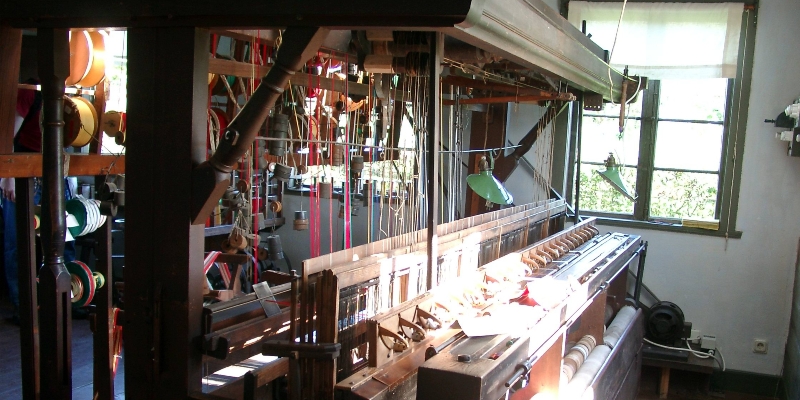
Silk craftsmanship, an exquisite skill inherited for thousands of years, has blossomed in this part of China since ancient times. It covers a number of complex links from sericulture, reeling to weaving, printing and dyeing, etc., each step of which unites the wisdom and sweat of the craftsmen. In the process of reeling, artisans carefully remove the silk threads from the cocoons and process them through multiple steps to make them soft and shiny. When weaving, the silk threads are woven into richly colored and beautifully patterned silk using complex warp and weft interweaving techniques. In addition, printing, dyeing and embroidery techniques add infinite charm to silk, making it a treasure in the history of Chinese and even world textiles.
Introduction to the Silk Road

The Silk Road was an important passageway for transportation, trade and cultural exchanges between ancient China and foreign countries, starting from Chang'an (present-day Xi'an), the political, economic and cultural center of ancient China, and passing through the Hexi Corridor to Central Asia, and then leading to West Asia and Europe. This route was not only the main road for trade between the East and the West in ancient times, but also promoted exchanges and cooperation among countries along the route in many fields, including politics, economy and culture. Silk, as the most representative commodity, circulated along this road and witnessed the friendly exchanges between ancient China and the rest of the world.
Today, the Silk Road has become an important economic corridor connecting Asia, Europe and Africa, and its historical status and modern value are widely recognized. Through the Silk Road, friendship and cooperation among peoples of different countries have deepened, and together they have promoted peace and development in the world.
Related Posts
Create Your Customized Trip
Take about 2 minutes to fill the form to tell us how you like to travel, and get a reply within 1 working day.



